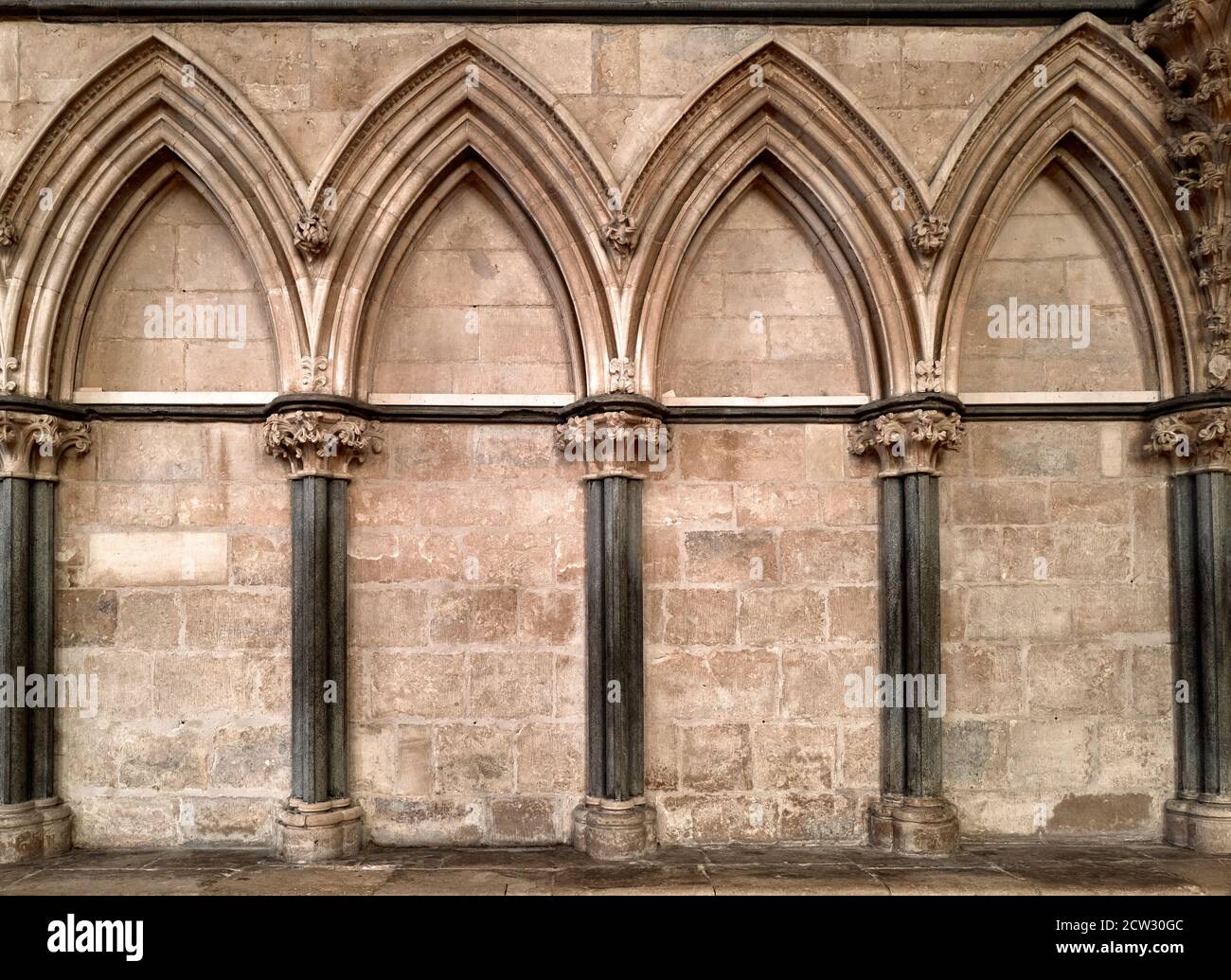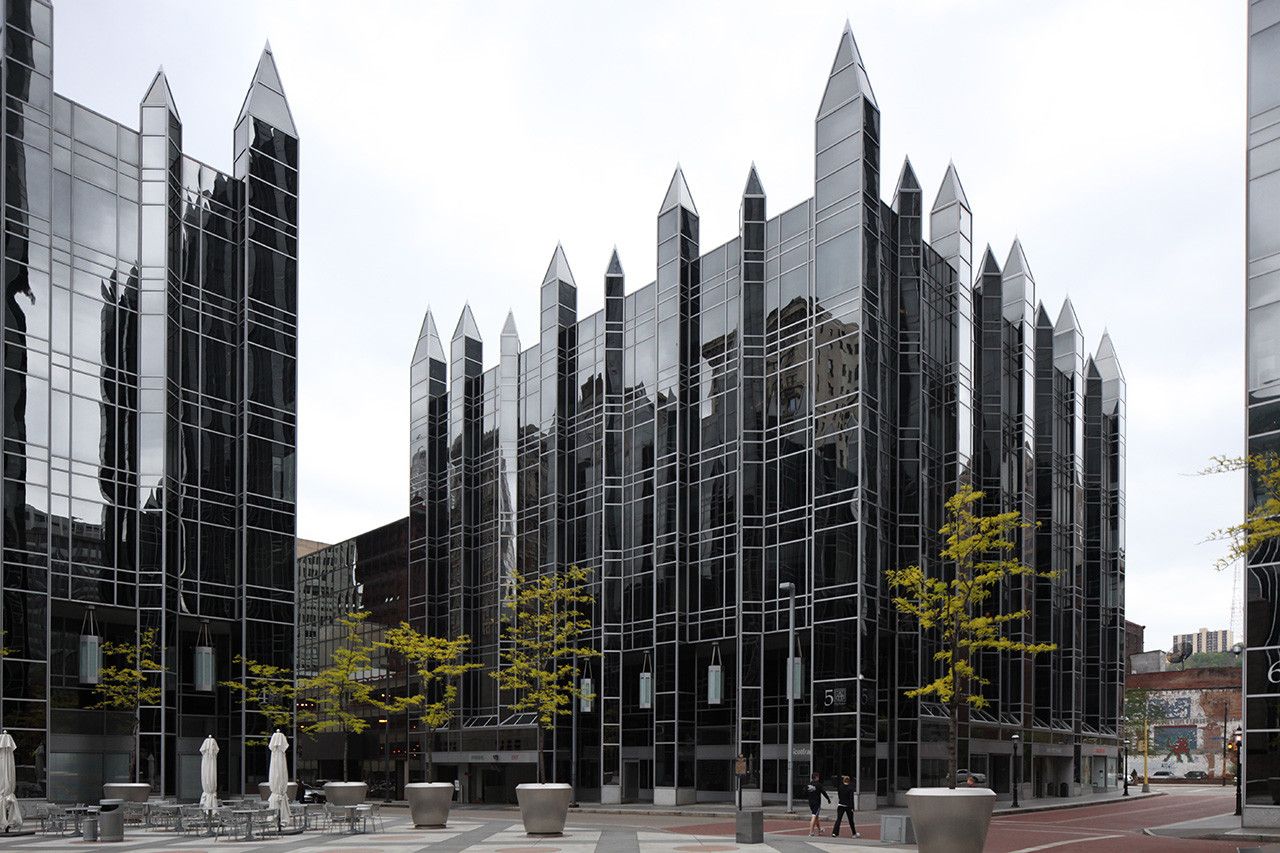Introduction: A Conversation Through the Ages
Architecture is a dialogue between the past and the present, a story that never ends and where new shapes grow out of old ones. The strong and often surprising conversation between mediaeval Gothic architecture and the elegant, tall buildings of the modern world shows this more than anywhere else. It’s simple to see how the glass fronts of modern skyscrapers are very different from the stone churches of the 12th century. But if you look more closely, you can see that there is a deep and lasting legacy. The same ideas that let master builders strive for the sky with stone and stained glass are still used by current architects to reach for height, light, and awe-inspiring size. This blog post looks at how the Gothic era’s new ideas and styles, such its famous flying buttresses and dramatic pointed arches, still affect and shape current architecture.
The Gothic Revolution: Reaching for the Divine
Gothic architecture was very different from the Romanesque style that came before it, which was massive and fortress-like. It started in France in the 12th century, and its main goal was to make people feel that God was present on Earth by raising buildings to new heights and filling their insides with light. This was a direct response to the dark and closed-off areas of older churches. This revolution’s engineering was excellent and had many parts. It was a real partnership between art and science.
The pointed arch is the most well-known part of this style. The pointed arch could hold a lot more weight than the rounded arch of Romanesque design. This meant that walls could be thinner and buildings could be taller. This new idea was the key that opened up the remainder of the Gothic toolset. Thick walls didn’t hold up the weight and outward thrust of the lofty ceilings; instead, ribbed vaults cleverly shifted the weight to external supports.

A rib vault is a ceiling made by intersecting stone arches (ribs) that carry the roof’s weight along clear lines down to columns.

Gothic Architecture Pointed Arch
The flying buttresses were the external supports that made the Gothic cathedral stand out. These beautiful, half-arches rise from the outside of the building to the top walls, pushing back against the strain of the vaults and roof. This new way of building made the walls less strong and turned them into fragile screens. This new independence made it possible to make huge sheets of glass, which led to the beautiful stained-glass windows that portrayed Bible stories and filled the room with a soft, coloured light.

Flying Buttresses From finwise.edu.vn
The Revival: Sentimentality and Ethical Intent
As Renaissance and Classical architecture became more popular, the Gothic style lost its popularity. However, it made a strong comeback in the 19th century. The Gothic Revival movement was not just a nostalgic return to mediaeval styles; it was a philosophical and moral response to how cold and industrial the contemporary world seemed. Prominent people such as Augustus Pugin and John Ruskin contended that Gothic architecture epitomised a more pristine and genuine era characterised by superlative workmanship, diligent labour, and spiritual values.
Some of the most famous buildings in the world were built during this time, but many people think they are actually mediaeval. The Palace of Westminster, which is where the Houses of Parliament are in London, is a great example. Charles Barry and Pugin designed it, and it has a beautiful mix of Gothic features, such as its tall spires and detailed stone carvings. Likewise, St. Patrick’s Cathedral in New York City and the Canadian Parliament Building in Ottawa are both examples of how the revival has spread over the world and continues to be popular. The revivalists showed that Gothic ideas could be used with new construction types and modern materials. This is a lesson that will last well into the 21st century.

St. Patrick’s Cathedral in New York City
The Modern Gothic: From Stone to Steel
The genuine legacy of Gothic architecture in contemporary society resides not in direct copying, but in a recontextualization of its fundamental principles. Modern architects have the same goals of height, light, and structural beauty, but they use the materials and technology of our time to get them.
The Skyscraper as a Modern Cathedral: The skyscraper is probably the most direct descendant of the Gothic cathedral. Both buildings are tall and want to reach the sky. The steel frame of a modern skyscraper is like the ribbed vaults and flying buttresses of a cathedral. It holds up the whole building, thus the outside walls can be ‘curtain walls’ composed mostly of glass that don’t hold any weight. This makes it possible to have the same kind of bright, open spaces that were typical of Gothic churches. The Chrysler Building in New York, with its detailed Art Deco spire, and the Tribune Tower in Chicago, which is Neo-Gothic, are both examples of buildings that are clearly based on mediaeval buildings. Even without the stone sculptures and gargoyles, the vertical lines and dramatic shapes are very Gothic.

Modern Cathedral por Marc Zoeller
The Reimagined Arch and Vault: Modern architects still use the pointed arch and ribbed vault in fresh and interesting ways. Stone’s compressive strength no longer limits them. With reinforced concrete and steel, architects can build vaults that are much lighter than anything that could have been built in the Middle Ages. The roof of the Naman Retreat Conference Hall in Vietnam, which is made of bent bamboo, and the experimental free-form vaults that are being tested at modern art centres are two great examples. These buildings have the same feeling of soaring expanse and dramatic shape as its Gothic forefathers, but they are more efficient with materials and have more freedom in how they are built.
 Pointed Arch and Ribbed Vault
Pointed Arch and Ribbed Vault
Light as a Material: Gothic architects saw light as a sign of God. For modern architects, it is a way to change the way people feel and the way things seem. Modern structures have huge glass walls that work a lot like the stained glass windows in a church. They not only light up the inside, but they also make a dynamic dance of light and shadow that connects the inside to the outside. The light that comes through a modern skylight or glass facade is just like the amazing feeling of being inside a Gothic cathedral.

Gothic architecture illuminated by streetlights at dusk generated by ai
The Enduring Spirit
The fact that Gothic architecture still has an effect on current design shows how timeless its basic ideas are. It is a style that comes from people’s desire to go beyond the ordinary and make places that make others feel awe, wonder, and a connection to something bigger than themselves. The trip from the flying buttress to the glass tower is not one of leaving, but of changing. It shows that the strongest architectural concepts are not limited by materials but by the soul. They are ideas that can be reincarnated and given new meaning over the years, always reaching for the sky and finding new life in steel, glass, and concrete.
Reference
Gothic architecture | Characteristics, Examples, & Facts | Britannica
Contemporary Vaults: 6 Modern Iterations of a Age-Old Architectural Classic – Architizer Journal
For more content like this CLICK HERE!





